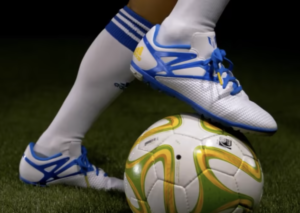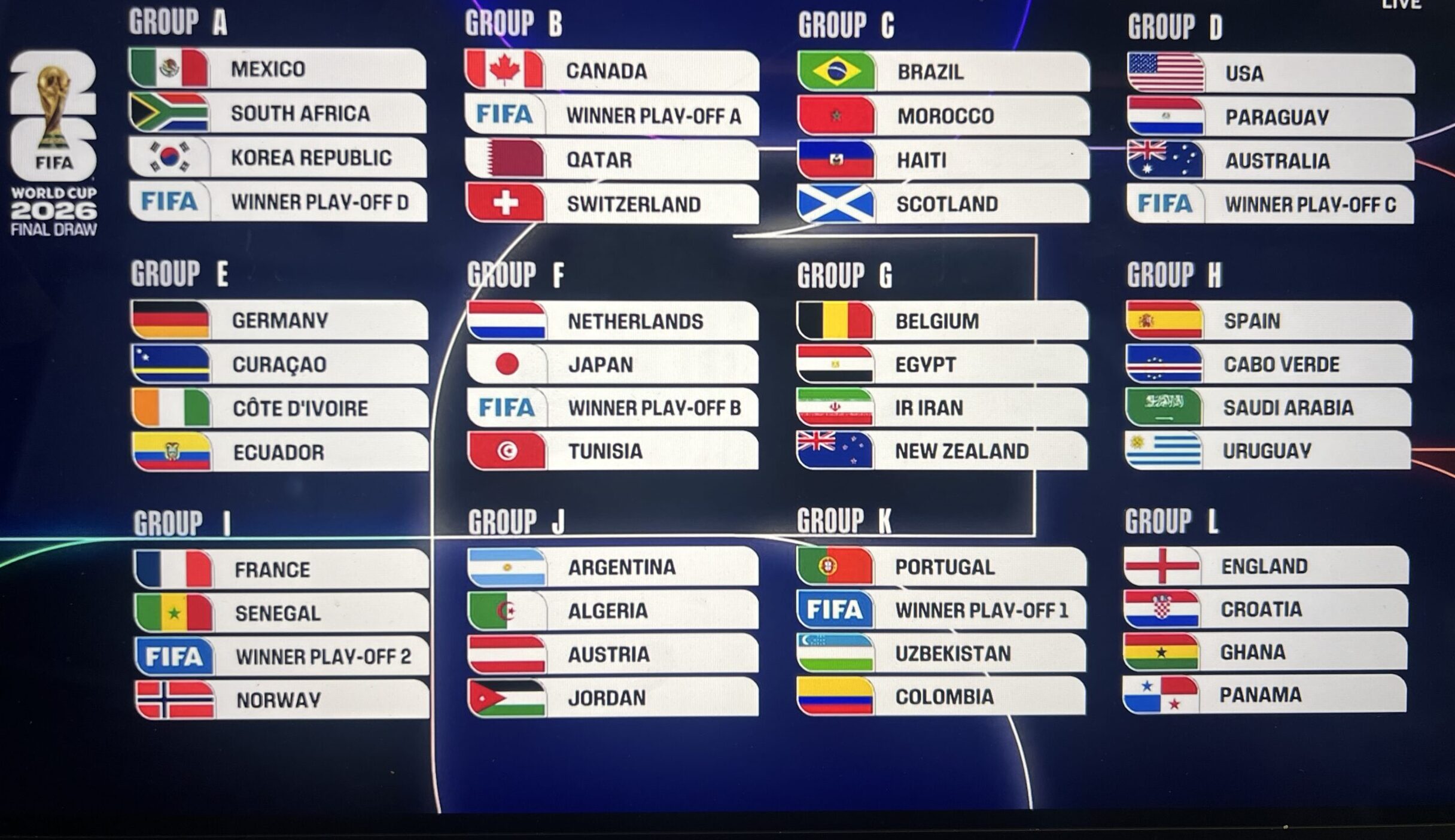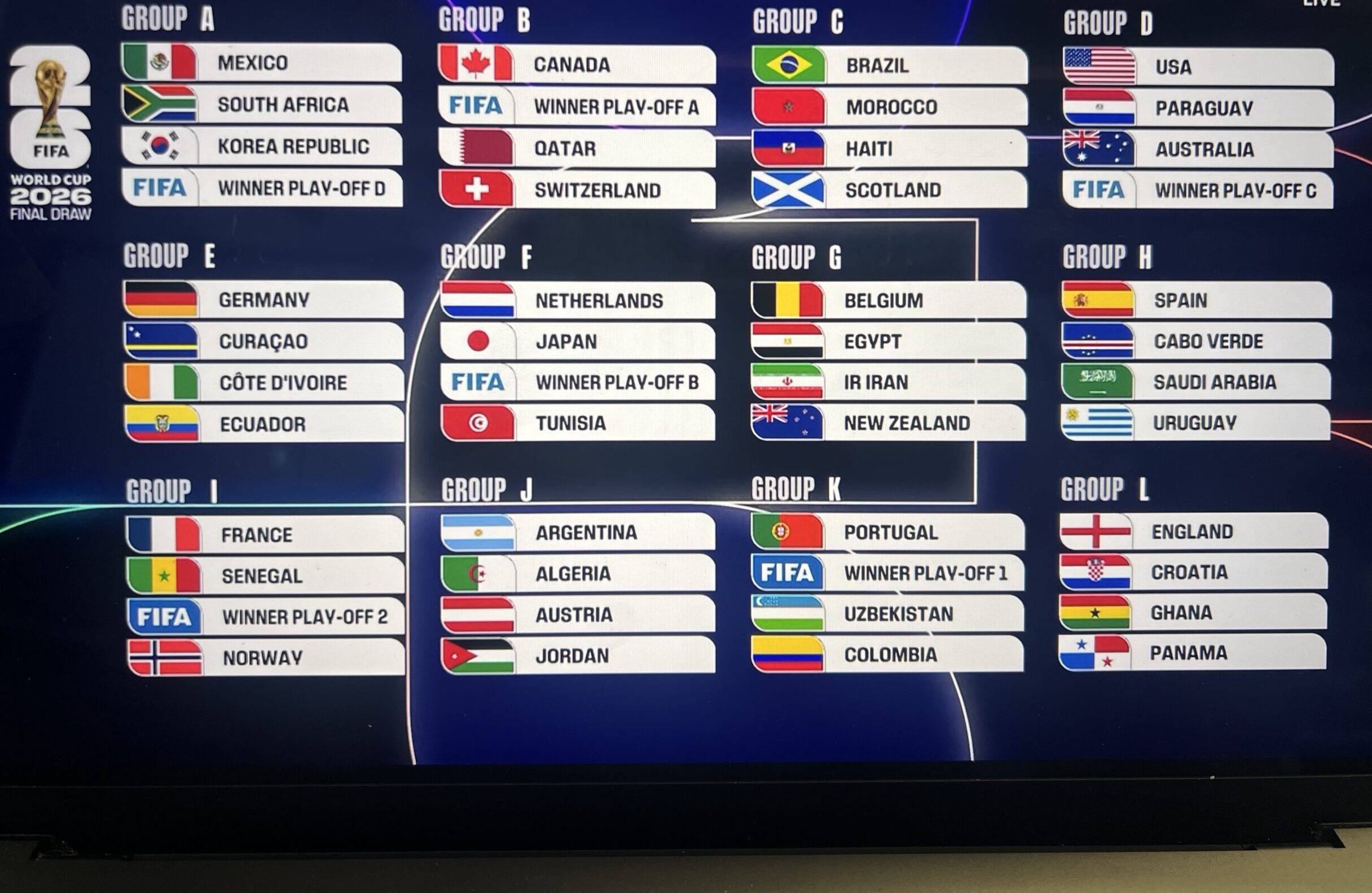2010 World Cup stadiums in South Africa: They cost around 9 billion Rand – or around $1.2 billion – to build and update, and it looks – despite early reports that feared otherwise – like they’re going to be ready on time. Ten stadia across nine cities. From cosmopolitan Cape Town to provincial Polokwane – a distance of 1730km. Johannesburg has two, including the centre piece, the majestic Soccer City. Gleaming modern architecture inspired by the objects of traditional African custom.
The state of the pitches – rarely reassuring during the Africa Cup of Nations – was brought into question again when the world’s media descended upon a sandy-looking Mbombela a few weeks back. The climate’s no worry, the southern hemisphere winter promising mild temperatures in June and July. But enormous variations in altitude will have an impact on those unprepared.
Also see our fact files about each team in the World Cup in South Africa.
Soccer City
Johannesburg
Capacity: 94,700
Altitude: 1753 metres above sea level
Key games: It all starts here, hosts South Africa facing Mexico on 11 June, and ends here, a month later with the final
Built in 1987 and reconstructed for a cost of $200 million for 2009, the former ‘FNB Stadium’ is designed in the shape of the iconic African cooking pot, the ‘calabash’. On the outskirts of the famous Soweto townships, which played a leading role in the fight to overcome apartheid, Nelson Mandela’s first mass rally after release from prison was held here in 1990, as was the 1996 Africa Cup of Nations final, won by South Africa.
Moses Mabhida Stadium
Durban
Capacity: 70,000
Altitude: 0m
Key games: Portugal – Brazil is a blockbuster clash on 25 June, and the second of the semi-finals
A brand new, striking white stadium built on the site of the old Kings Park. The grand arch represents the unity of the nation, with a cable car ascending to the top, 106m above the pitch.
Green Point Stadium
Cape Town
Capacity: 70,000
Altitude: 0m
Key games: Cameroon – Netherlands on 24 June, and the first of the semi-finals
Newly-built for the World Cup, Green Point opened on time in December 2009. A beacon of sleek modernity in the shadow of Table Mountain at the southern tip of the continent, it forms a strong contrast with the conditions in which South African President Jacob Zuma played soccer whilst imprisoned just off the coast on Robben Island.
Ellis Park Stadium
Johannesburg
Capacity: 62,000
Altitude: 1753m
Key games: Slovakia – Italy on 24 June could be decisive in Group F
Built in 1928 and re-done in 1982, Ellis Park is the place where the ‘Springboks’ won the Rugby World Cup at home in 1995. The second stadium in South Africa’s largest city was rejuvenated in time to host the Confederations Cup final last summer.
Loftus Versfeld Stadium
Pretoria
Capacity: 50,000
Altitude: 1214m
Key games: Serbia – Ghana looks set to be a cracking clash of soccer cultures on 13 June
First used in 1903, the home of the rugby union team the Blue Bulls was given a makeover in 2008. Pretoria is South Africa’s administrative capital and has got plenty for culture vultures to feast on.
Nelson Mandela Bay Stadium
Port Elizabeth
Capacity: 46,000
Altitude: 0m
Key games: Germany – Serbia on 18 June
Another new one, its exterior in a distinctive fan style, in a port city that’s got 40km of golden beaches.
Free State Stadium
Bloemfontein
Capacity: 45,000
Altitude: 1400m
Key games: France – South Africa on 22 June, a pivotal game for both the 2006 finalists and the hosts
Built in 1952, and given a new look and a capacity boost in time for last year’s Confederations Cup. The stadium’s named after the province in which South Africa’s judicial capital is located.
Peter Mokaba Stadium
Polokwane
Capacity: 45,000
Altitude: 1310m
Key games: Argentina – Greece on 22 June: the irresistible force versus the immovable object
The structure is inspired by the iconic local, upside-down, Baobab tree. The most northerly of World Cup hosts, the new stadium built next to the old one – also named after Polokwane’s famous apartheid-battling son.
Mbombela Stadium
Nelspruit
Capacity: 46,000
Altitude: 660m
Key games: Honduras – Chile on 16 June has got goals waiting to happen
Newly-built for 2010, the Mbombela has an eye-catching colourful exterior and zebra-patterned seats, a reflection of the game parks which attract thousands to the region. Inadequate pitches have twice been dug up, with rye grass laid in early March said to be germinating well. We’re told the pitch will be ready on time.
Royal Bafokeng Sports Palace
Rustenberg
Capacity: 44,000
Altitude: 1500m
Key games: England – USA promises to be a feisty opener on 12 June
Named after the rich Bafokeng tribe who live in the world’s biggest platinum-mining area, at the foot of the Magaliesburg Mountains, this inventively-titled stadium has one stand which significantly towers over the open-sided rest.















